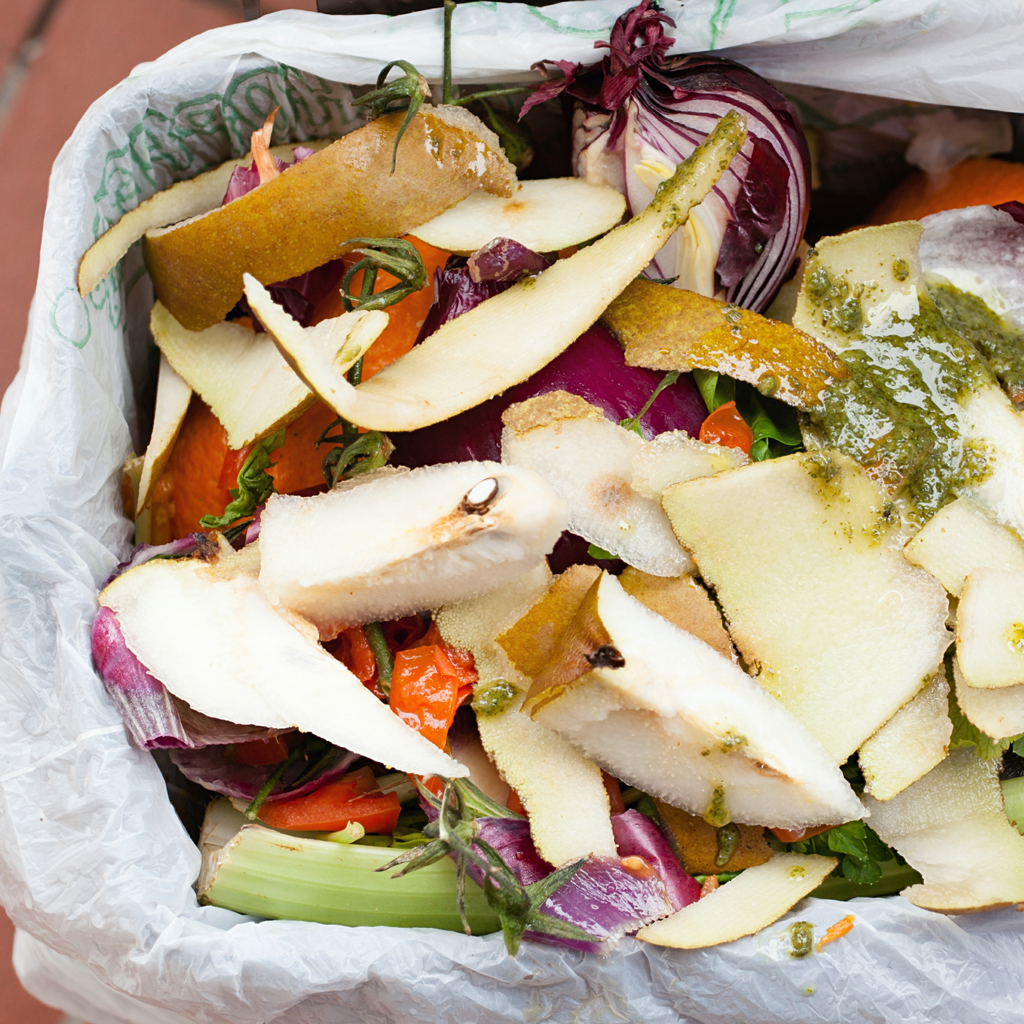Compost really is the gift that keeps on giving. Reduce your household’s food waste by turning your discarded scraps into the kind of ‘black gold’ we like. Homegrown compost will enrich your garden’s soil, hopefully feeding a fruit and veg patch whose scraps can go back into your compost bin – closing your own little loop. And by adding garden waste to your compost heap, eschewing the council collection scheme and avoiding shop-bought compost – you’ll even be reducing your carbon footprint. Let’s look in more detail at the different types of composting, how to compost at home and a little trouble-shooting, just in case.
Hot and cold composting
You can cold compost all year round. The best place to position your compost bin is in a slightly shaded area, avoiding extremes of temperature and moisture. This is because the micro-organisms (bacteria and fungi) that convert the waste to compost work best in constant conditions.
An earth or soil base is important as it allows drainage and access to soil organisms. If you have to compost on a hard surface, then just add a spadeful of soil to the compost bin. Larger bins are generally more effective than smaller ones and an unenclosed heap will compost eventually, albeit more slowly than a bin.
To optimise your composting environment, follow these four simple rules :
- Protect your compost from the rain
- Help it to retain some warmth
- Ensure it can drain away successfully
- Provide sufficient airflow
Aim to turn your heap once a month. This introduces air throughout the mass, which is necessary for composting to occur. If the heap becomes compacted due to too much weight or moisture, then the process is slower as less air is available. If it’s too dry, sprinkle it with some water.
What to actually put in your compost bin
The bacteria and microorganisms that produce the compost, function best when the balance of green and brown materials is correct. Green materials constitute grass clippings, weeds, vegetable waste from the kitchen and manure. Brown materials are drier, things like wood chippings, prunings, paper and cardboard, straw, dead leaves and of course, compostable packaging.


Your heap should be made up of 25 – 50% soft green materials and the remainder brown, not allowing any one material to dominate the heap. Especially grass clippings, as these can become a slimy, smelly mess on their own. It’s also best to avoid including onions and garlic in your kitchen compost waste as it is believed that they repel earthworms, which are a vital part of your compost.
Garden composting can take between 6 months and 2 years to mature. It should be dark brown, with a crumbly soil-like texture and a smell resembling damp woodland. There may be some material, likely nearer the top of your compost, that hasn’t rotted yet. Don’t worry, this can be added to your next batch of composting materials.
Troubleshooting your compost heap
Wet, slimy and strong-smelling compost? Too little air and too much water are often to blame. Cover the heap to protect against rain, make sure you have drainage holes in the bin base and add more brown waste, such as chopped woody material, shredded wood chip, straw or paper.
Dry and fibrous with little rotting? Usually caused by too little moisture and too much brown material. Add water, more green waste, try a commercial activator or fresh manure.
Flies? A well-run compost bin doesn’t produce swarms of flies. Make sure you cover kitchen waste with garden waste after adding it to the heap and check that moisture levels are not too high, causing insufficient air in the heap.
Things to avoid: Do not try and compost disposable nappies, used paper handkerchiefs, human, cat or dog excrement – in case the pathogens which carry disease are not all destroyed by the composting process. Brightly coloured, shiny card or paper are a no go. Avoid hard objects like stones, bits of glass, metal and plastic, along with cleaning fluids and other household/garden chemicals. And unless pre-composted (see the Bokashi process), steer clear of cooked or raw meat – the smell can attract animals.
References: Better Homes & Gardens & Royal Horticultural Society
